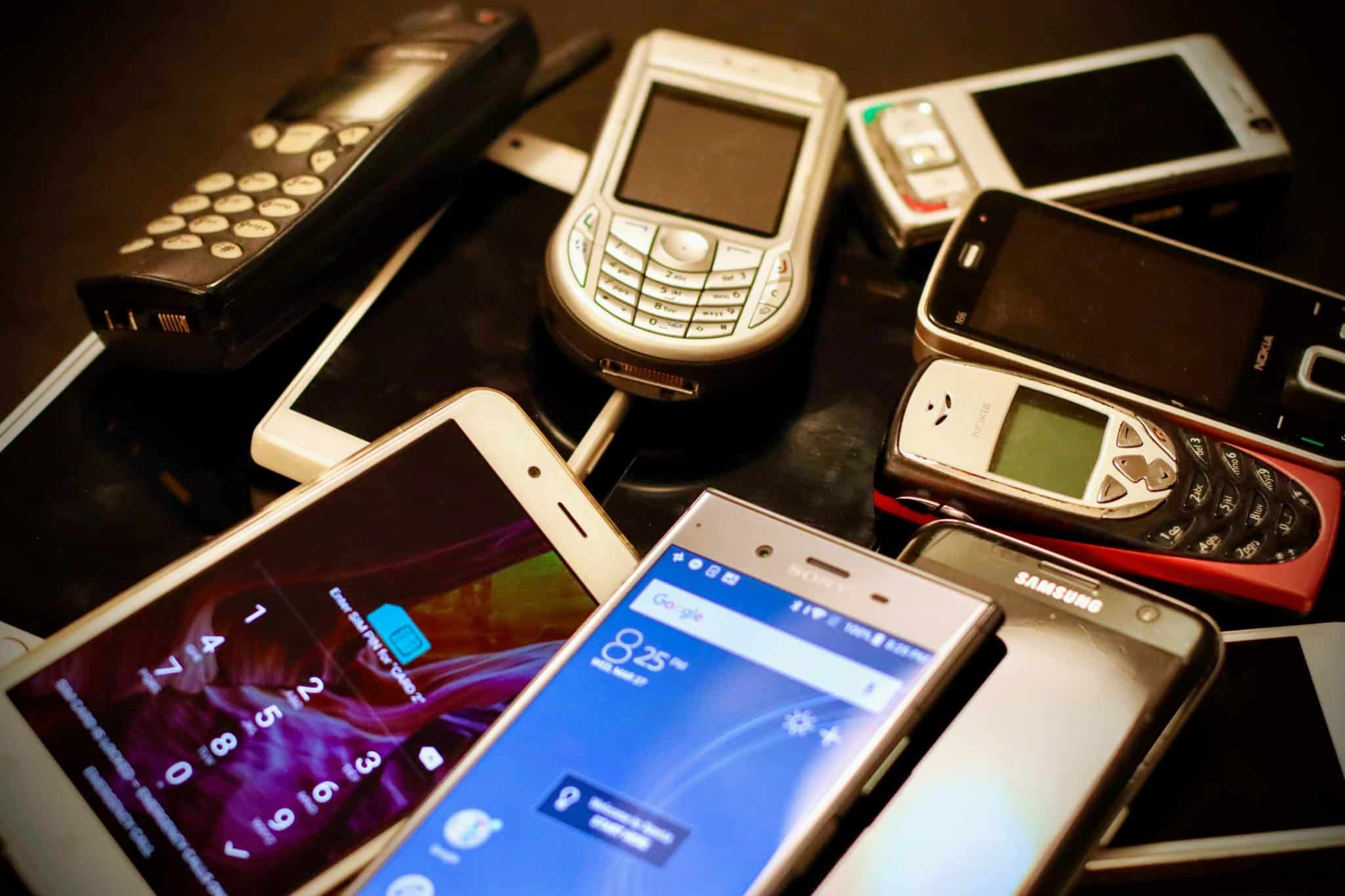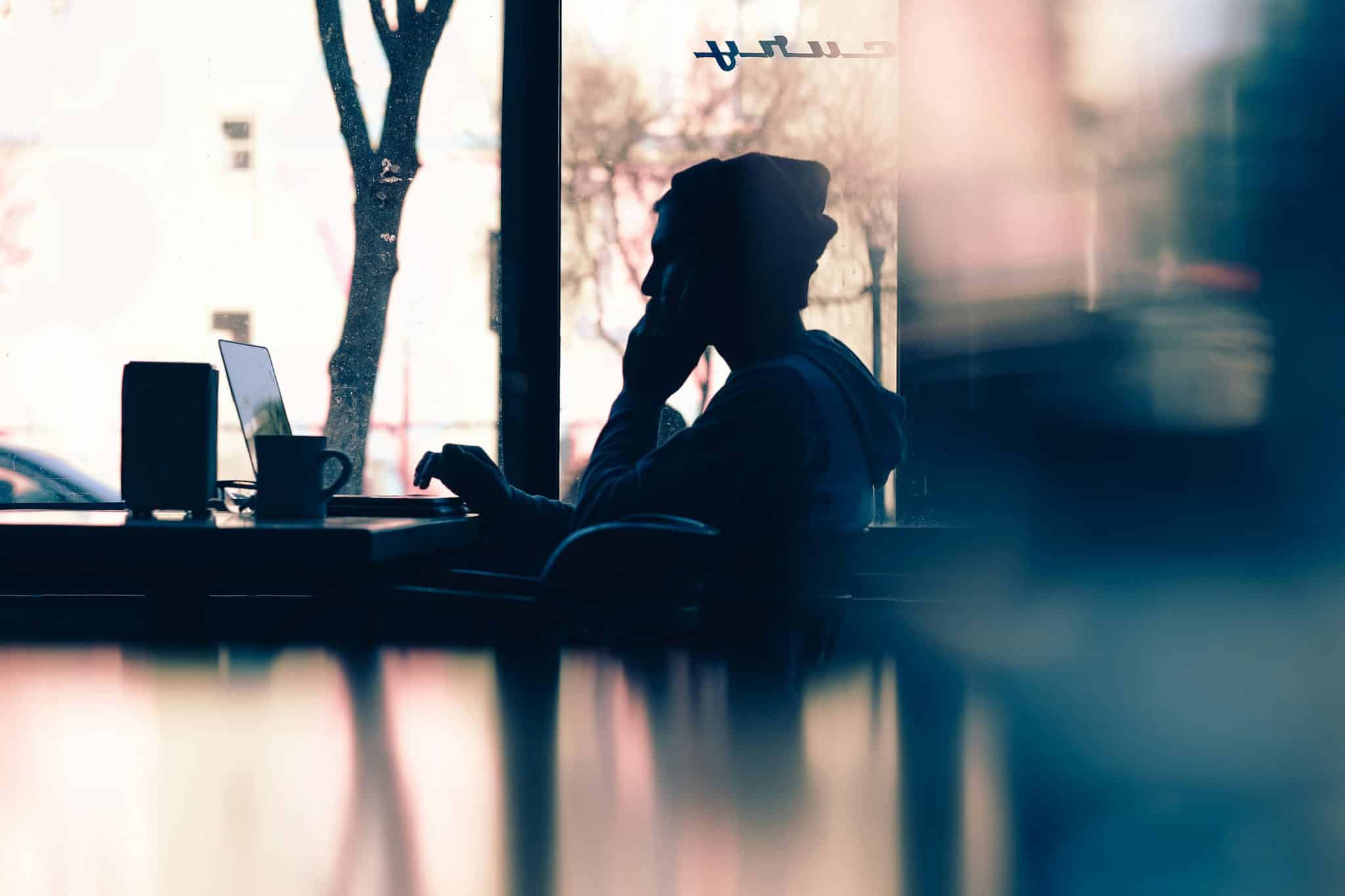Chris Bailey: Attention Without Intention Is Wasted Energy

Many of us have experienced the frustrating feeling of not being able to focus. Some days you can churn through your to-do list, while others days you’re left scattered and unable to concentrate, responding to distractions instead of what’s really important.
As it turns out, even productivity experts can have trouble focusing – and that’s exactly what led Chris Bailey to write his latest book HYPERFOCUS: How to Be More Productive in a World of Distraction. Chris Bailey the productivity guru behind A Life of Productivity, the book and blog with a mission to help you become as productive as possible. However, even after studying productivity, Chris found it difficult to protect his attention and focus from the many distractions that occur in daily life. So this week we decided to sit down with Chris Bailey to learn a little more about how we can manage our distractions so that we can give our attention to the things that matter most.
You seem to have gotten your start as a productivity expert from your “Year of Productivity” project. Can you give a brief overview of the project and how it led you to become the productivity expert and bestselling author that you are today?
Productivity has always been an odd obsession of mine. I received a few full-time job offers when I graduated from university, but decided to decline them all in favor of taking a year to explore this weird curiosity. I’ll admit it was a bit of a risk. I spent the time running a series of productivity experiments, using myself as the test subject. While doing this, I was also poring over all the productivity research I could find. I wanted to know what it would take to become as productive as possible.
Luckily, that project gained an online following, which gave me the opportunity to write The Productivity Project. Since then, I’ve been fortunate enough to continue researching and experimenting with this obsession for a living, including for my second book, Hyperfocus!
When did you realize that tech, devices, websites, and apps were taking a toll on your productivity?
The realization came soon after my last book was published. It’s tough for a productivity expert to admit, but I was getting pretty distracted. Ironic, since that book doled out a good amount of advice around how we should tame distractions.
That led me to look at distractions differently. While the advice in the book was a good start, I thought there was perhaps a bigger picture problem everyone—including myself—was missing. I began digging into the research about distraction, with the goal of getting to the bottom of these distractions and what we can actually do about them. Part of it was to save me from my own temptation, too!
What was one of the most impactful findings of your “Year of Productivity” project/blog and how did it change your life or approach to being productive?
That intention lies at the heart of productivity. I went into the project thinking that productivity was about accomplishing things faster and more efficiently—but left with a somewhat opposing viewpoint.
Productivity isn’t about doing more, faster. It’s about doing the right and most important tasks deliberately and with intention.
Your latest book, HYPERFOCUS, describes how our brains have two modes that control our attention – can you briefly explain those modes and what they each have to contribute to our productivity?
To put together this book, I connected hundreds of studies to build a complete picture of how we can better manage our attention. The fact that we have two attentional modes was something that surprised me.
First, there’s our focused mode. This is a familiar state, and one that is most powerful when we bring our complete attention to focus on a single important thing. I call this state of total focus “hyperfocus,” and getting into it is easier said than done. Luckily there are a few relatively simple steps we can follow to help us along the way.
Second, there’s our unfocused mode, one I call “scatterfocus.” We slip into this mode when our mind wanders from a task, or when we let it wander, like when we’re on a hike or taking a shower. Scatterfocus gets in the way of our productivity when we’re trying to work, but can be remarkably powerful if entered into deliberately. This deliberate mind wandering lets us do three things: plan for the future, come up with new ideas, and rest. We shouldn’t only get these benefits during our morning shower.
On a neurological level, the brain networks that support these two attentional modes are even anti-correlated with one another—when one’s activated, the other isn’t.
What would you offer as a good first step for anyone looking to improve their focus?
Set an intention before you focus. Attention without intention is wasted energy. Not all tasks at work and home are created equal—some allow us to accomplish a disproportionate amount. As a result, it’s essential we choose where to direct our focus.
After you set an intention for what you want to accomplish, tame all the distractions you possibly can, especially if you’re not doing collaborative work. I use Freedom almost every day to help with this—it’s the best distractions blocker I’ve found (and no one’s paying me to say that).
Your mind can still wander even after you’ve set an intention and tamed distractions. When this happens, gently bring it back to focus. We’re so tough on our minds when we notice they’re distracted. But as I found in looking at the research, getting distracted is human.
Set an intention before you focus. Attention without intention is wasted energy.
While writing HYPERFOCUS, what piece of research regarding attention and focus did you find most astonishing?
One study found that, when working in front of a computer, we focus on one thing for just 40 seconds before switching to something else. We all know our attention is fragmented, but the extent of the problem surprised me.
It also surprised me to learn our attention naturally gravitates to anything that is pleasurable, threatening, or novel. Most distractions are some combination of all three—which make them the most enticing thing to focus on in the moment. That’s why we need to tame them in advance.
What routine or ritual is most beneficial to your ability focus and sustain your attention?
I’m a big advocate for creating a distraction-free ritual, where you tame distractions before focusing on your most important tasks. For mine, I enable Freedom, put on noise-canceling headphones, leave my phone and tablet in another room (or in my laptop bag if I’m traveling), grab a cup of tea or coffee, and then focus on what I intend to accomplish.
What are your biggest distractors?
There’s so many. Sometimes after I finish a hyperfocus session, I treat myself to an all-you-can-eat buffet of distractions. During this time I usually check out:
- Reddit (especially the knitting subreddit—this is a favorite hobby that I developed while writing the book)
- Several news websites
- Amazon
…and several more. In the moment, each of these distractions are more tempting than my work, and provide a generous dose of all things pleasurable, novel, and threatening.
To learn more about Chris Bailey or HYPERFOCUS, visit his site at alifeofproductivity.com.



